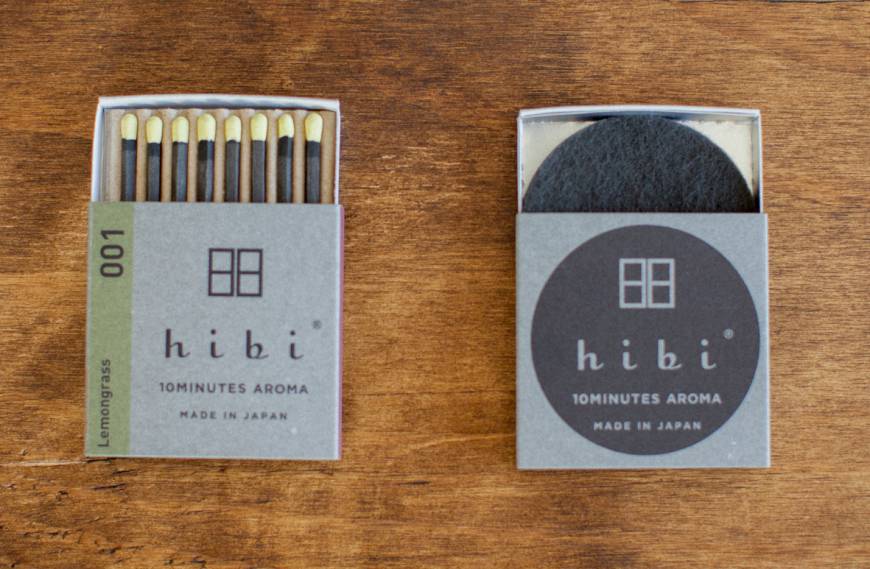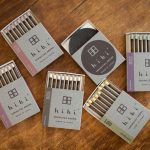All over Japan, incense is used for its meditative and purifying qualities, as well as for its important role in spiritual and ancestral rituals, such as lighting incense before greeting ancestors at the family shrine.
As legend would have it, incense first came to Japan when an aromatic log drifted ashore on Awaji Island in 595 CE. After locals discovered its fragrant properties, news quickly spread to governmental officials, and soon burning incense was all the rage amongst Japanese court royalty. Today, Awaji Island produces more than 70% of Japan’s incense!
Since its fabled inception on Awaji Island, various corporations have passed on the torch and have worked together to innovate on an age-old tradition. Longstanding incense manufacturer Daihatsu Corporation worked in conjunction with the historic matchstick-making Kobe Match Corporation and TRUNK DESIGN for three years to create hibi 10MINUTESAROMA– portable aromatics that are bound to refresh both mind and body.
The hibi logo design combines two of the same Chinese character ‘日’, day, to spell out day-to-day as a play on words and a gentle reminder to brighten your day, everyday, with incense. The product was recognised by Japan’s The Wonder 500, an initiative to discover unique Japanese products.
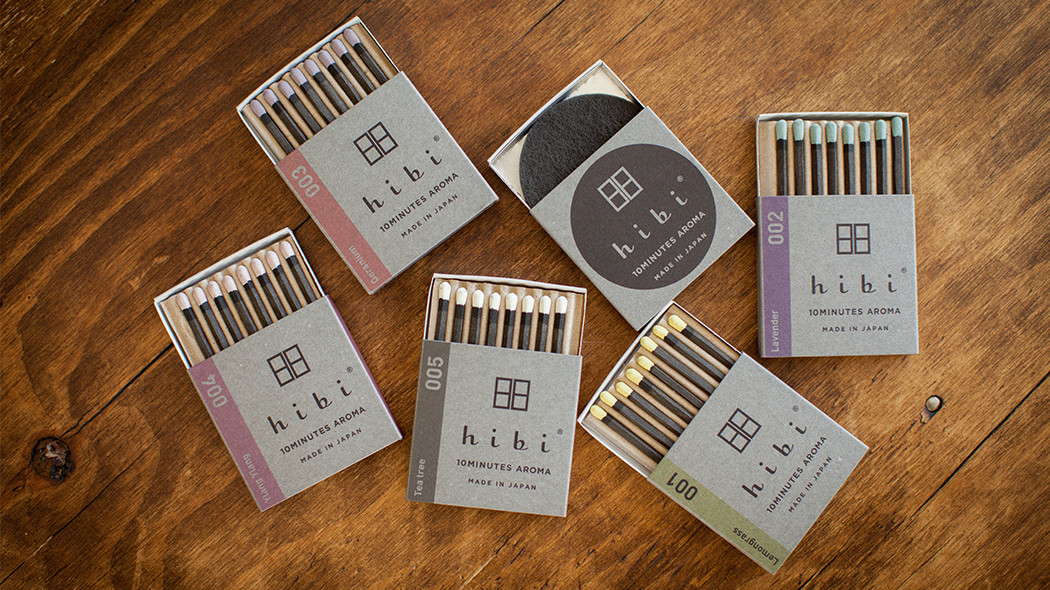
Notice the slight differences in color of the matchstick heads. Lavender sticks sport baby blue match heads while lemongrass sticks are pastel yellow.
Fragrances range from classic Lavender, bright Tea tree, lemony Citronella, or pungent Ylang Ylang (a scent derived from a tropical tree lush with flowers that boast curly yellow petals).

Just like matchsticks, hibi incense is portable and not at all messy.
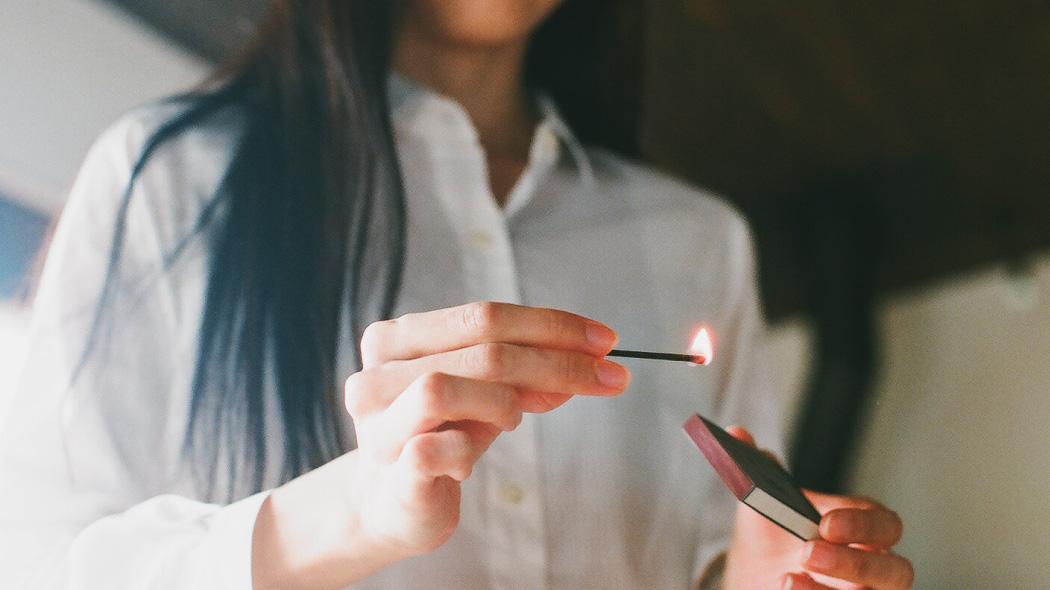
The side of the matchstick box acts as a flint for your incense stick!
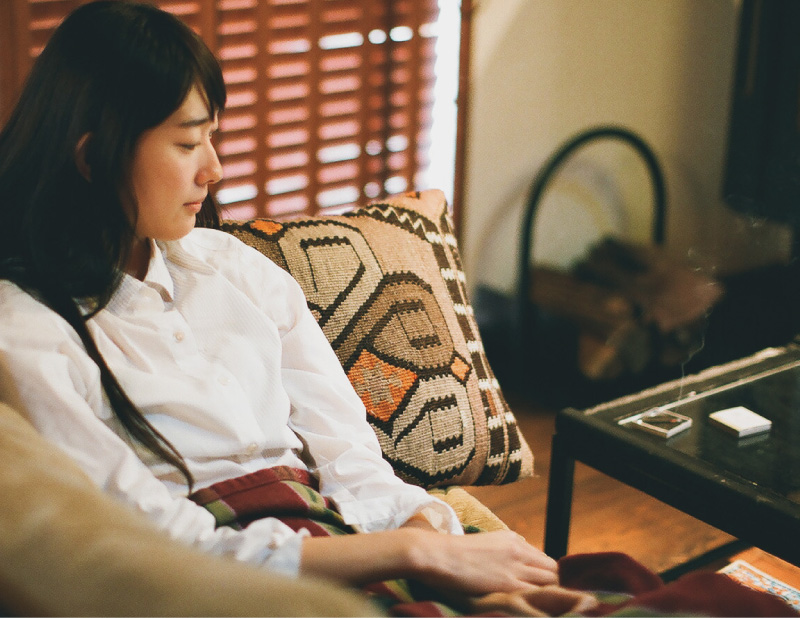
Hibi incense creates a wonderful aromatic accompaniment to a variety of restful activities: reading, writing letters, napping, you name it!

